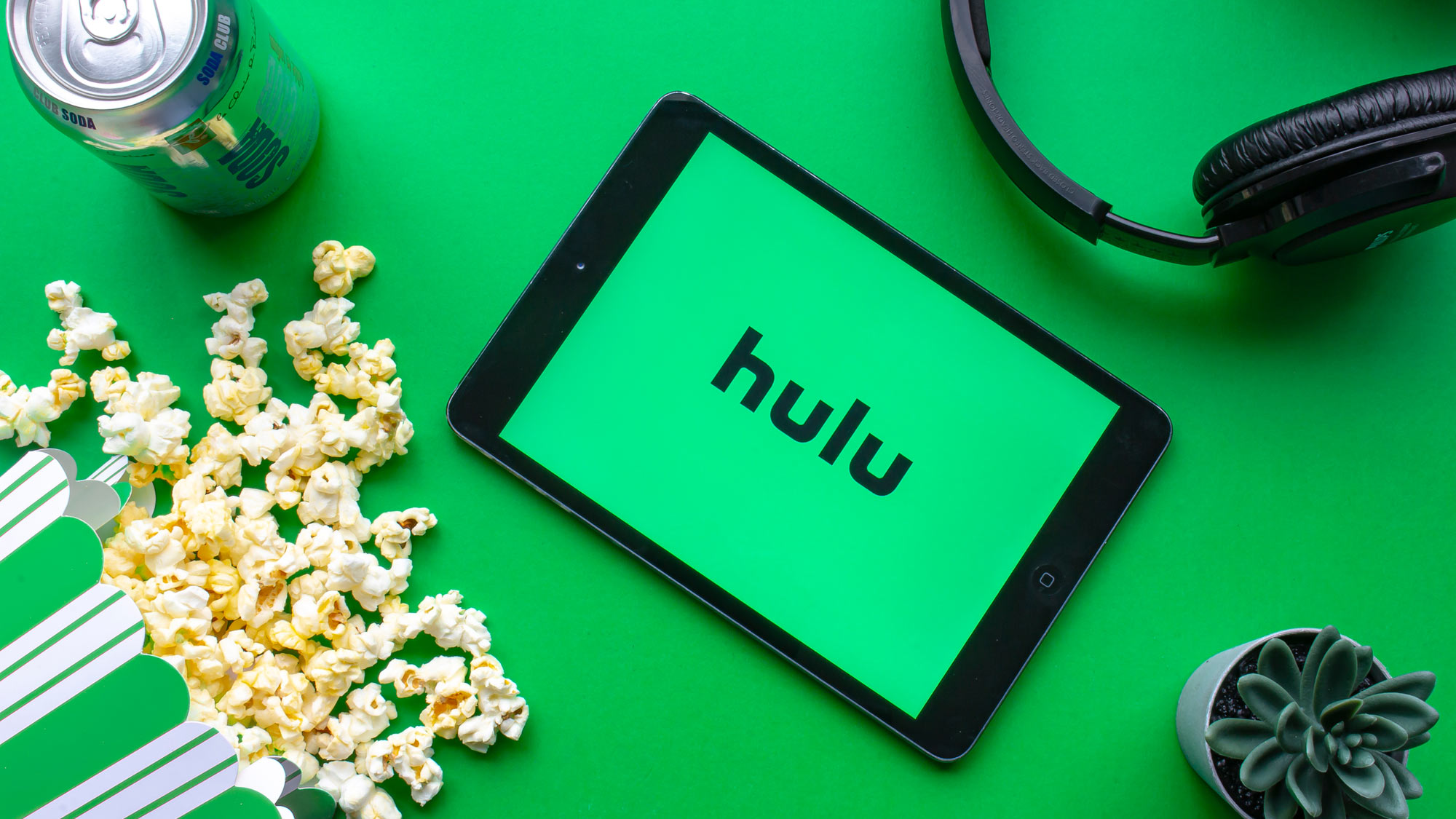8K TVs Are Here Already: What You Need to Know
The first 8K TVs are hitting the market, but should you be worrying about an upgrade?
Samsung's eagerly pushing into new territory with the release of the 85-inch Q900FN QLED TV, the first consumer-level 8K TV available. But is it worth jumping in on 8K?
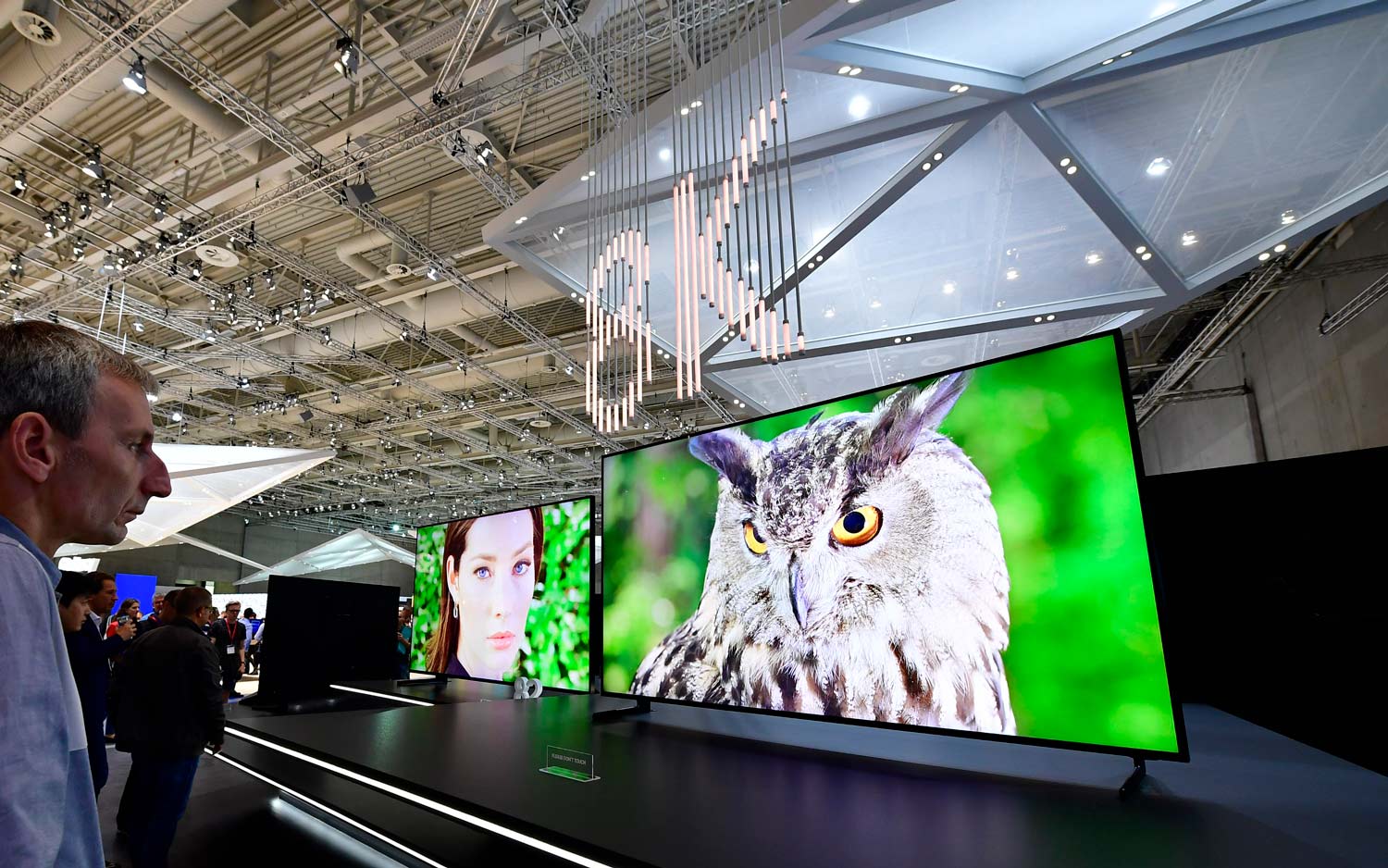
For 8K technology to really take hold, there's an entire ecosystem of content creation and distribution that will need to come together. While it's very likely that those moving parts will come together to make 8K Ultra HD the next big standard for TVs, it'll be years before it's a must-have.
What is 8K?
First, some explanation of what 8K resolution really means, and how it relates to the TV you probably have in your home right now.
Full-HD resolution offers 1920 x 1080 pixels. That 1080 vertical pixel count is called full HD, and is sometimes referred to as 1K resolution. The standard was developed in the 1980s, but full-HD broadcasts didn't start in the United States until 1998. Satellite- and cable-television providers didn't start carrying HD programming until 2002 and 2003, respectively, and most broadcast, cable and satellite channels today still use full-HD resolution.

According to a 2015 study from the Leichtman Research Group, 81 percent of households in the United States have at least one high-definition television. Chances are high that most of what you watch on TV today is still at full-HD resolution.
Ultra HD (or 4K resolution) quadruples that resolution to 3840 x 2160 pixels, sometimes called 2160p. This is equivalent to four 1K displays combined in a 2 x 2 grid, hence the name 4K. There is more to it than that (see our guide to 4K technology for more details), but the general usage has more or less settled on the explanation we've given. In any case, the terms 4K, Ultra HD and UHD have become interchangeable in regard to consumer TVs, and all refer to 3840 x 2160 resolution.
Adoption of 4K has been rapid, with prices coming down quickly and sales growing since the first 4K TVs hit the market in 2012. ABI Research released a report in July that estimates that 44 percent of all TV sales will be 4K-flat-panel units this year.
The new 8K standard (also called 8K UHD) takes this a step further, delivering the equivalent of four 4K displays in a 2 x 2 grid, for a total resolution of 7680 x 4320 pixels. If you're keeping score at home, this is a quadrupling of a quadrupling, and offers the same resolution as 16 full- HD displays tiled in a 4 x 4 grid.
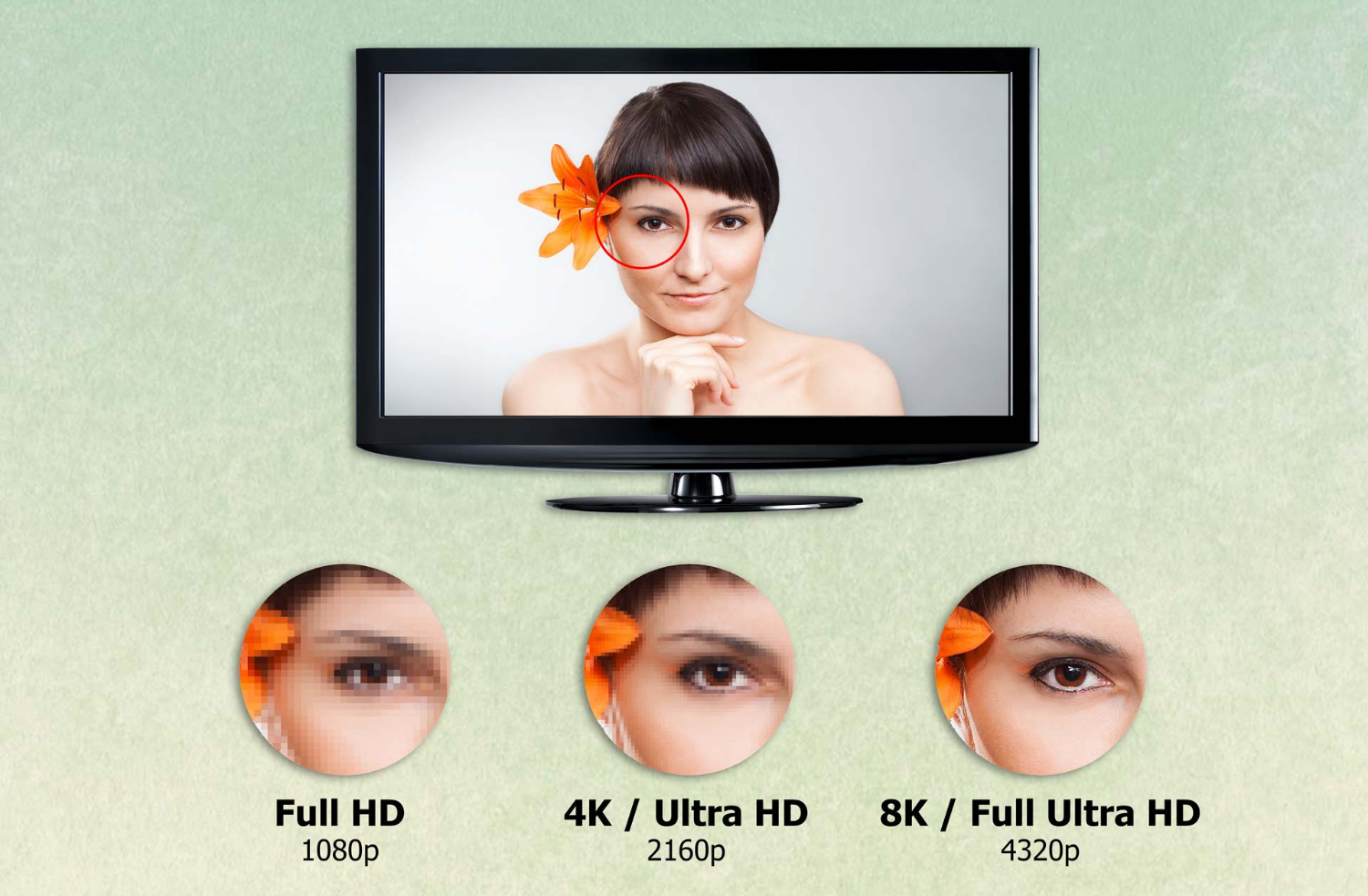
That's a massive increase in sharpness and detail, and it brings a fourfold increase in the amount of video data that needs to be delivered to a TV – early implementations have actually used four simultaneous HDMI connections to deliver what amounts to four separate 4K signals to make up a single 8K picture.
Who is offering 8K TVs?
Samsung has made some waves with the announcement of the upcoming 85-inch Q900FN QLED 8K TV, which is the first consumer-level 8K TV to hit the market, but competitors won't be far behind.
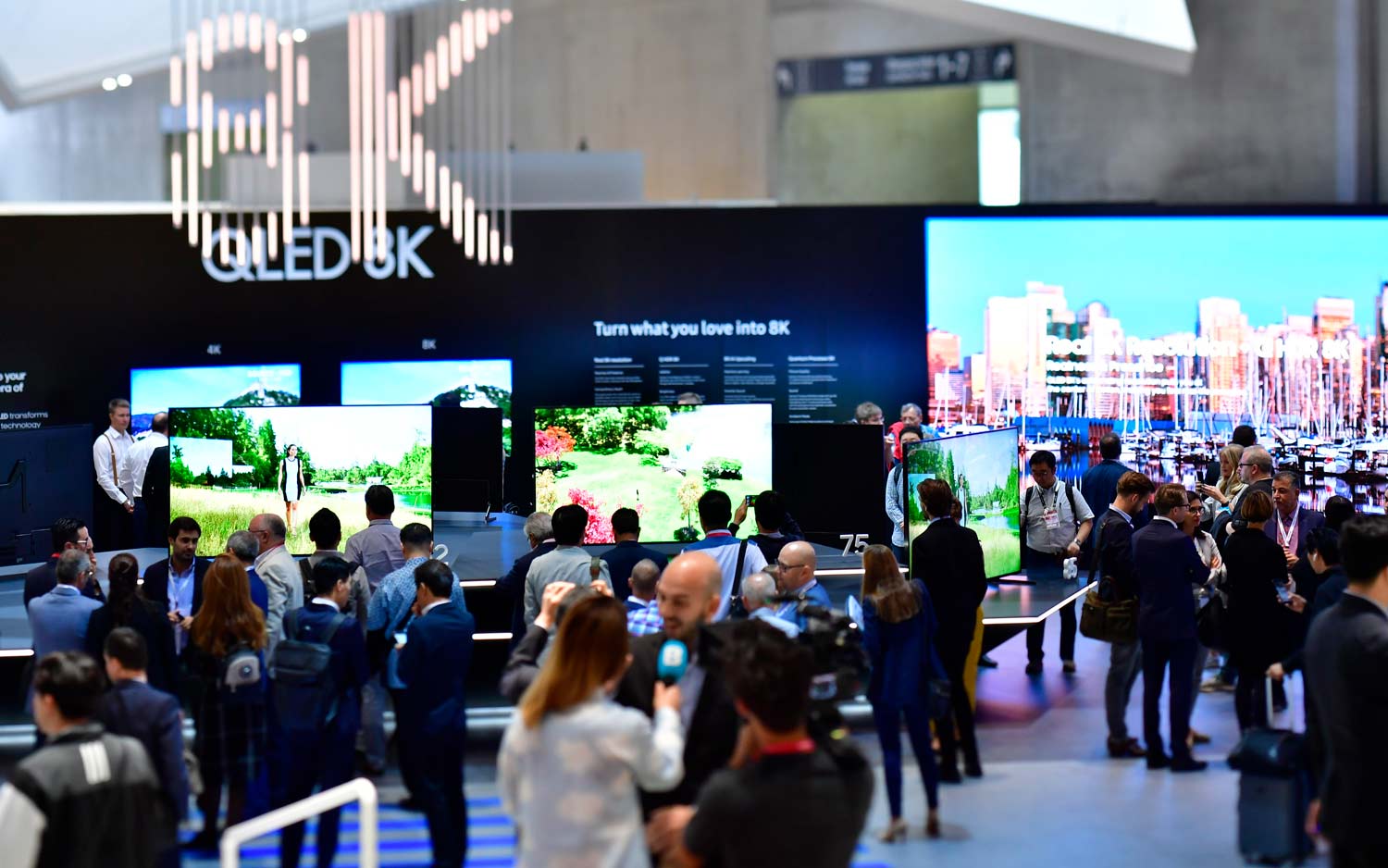
LG teased its first 8K TV back in 2016, and is demonstrating 8K OLED displays at trade shows like CES and IFA. Sony has also been showing an 8K display, with a boundary pushing 10,000- nit brightness and advanced image processing. These competitors haven't announced any plans for commercially available 8K TVs, but there's no doubt that they are in the works.
MORE: Best 4K Ultra-HD TVs Available Now
And Samsung's not exactly alone. Manufacturer TCL is prepping an 8K model for sale to non-U.S. markets, and Sharp has a 70-inch Aquos monitor that started shipping in Asia last year and in Europe earlier this year. Thanks to licensing conflicts in the U.S. – the Sharp brand is owned by manufacturer Foxconn, but U.S. manufacturing and licensing rights belong to competitor Hisense for the time being – the Sharp monitors likely won't make it stateside.

But the technology has been in development for years. Panasonic was showing off a 145-inch 8K plasma display back in 2012. The first 8K display went on sale back in 2015, sold by Sharp for a cool $130,000, but it was aimed at businesses rather than consumers.
The six-figure price of that early model may seem astronomically high, but even consumer-level 8K will be at a premium for some time. Samsung hasn't released pricing on the 85-inch Q900FN QLED 8K TV, but has said that it will be in line with other models in the QLED lineup, which includes the 88-inch Q9F 4K TV that retails for $19,999. These new TVs will be extremely expensive for at least the first few years they're on the market.
What about 8K content?
The arrival of this next-gen technology also sets off something of a chicken-and-egg problem. Nobody is offering 8K content, because there haven't been any displays capable of showing it. On the other side of the coin, consumers will hesitate to buy the newest super-high-resolution displays if there's no content that takes advantage of the expanded capabilities. Even if consumers are willing to give new display technologies a shot, the expense of being an early adopter will keep adoption rates very low for the first few years, keeping 8K content in its own tiny niche outside the mainstream.
I spoke to industry analyst Stephen Baker at research firm NPD, to get his take on the new technology. He said that "if the tech is ready there isn't any reason not to make it publically available." He acknowledged several obstacles to quick 8K adoption, but said, "It is a great opportunity for Samsung to show how strong their technology is to their consumers and to their competitors."
MORE: What Is HDR TV, and Why Does It Matter?
A report from Display Supply Chain Consultants (DSCC) and Insight Media released earlier this year forecasts that sales of 8K TVs in 2018 may reach as high as 100,000 units. That's barely a blip in the millions upon millions of TVs out there, not to mention monitors and other displays.
But Baker said that this is entirely expected. "Is the market very limited, sure, but it takes a long time for costs to come down and the product to get better and you have to start somewhere." He noted that slow sales are part of the process of introducing a new technology. "No one expects this to sell a lot and it won't at what will be very expensive prices."
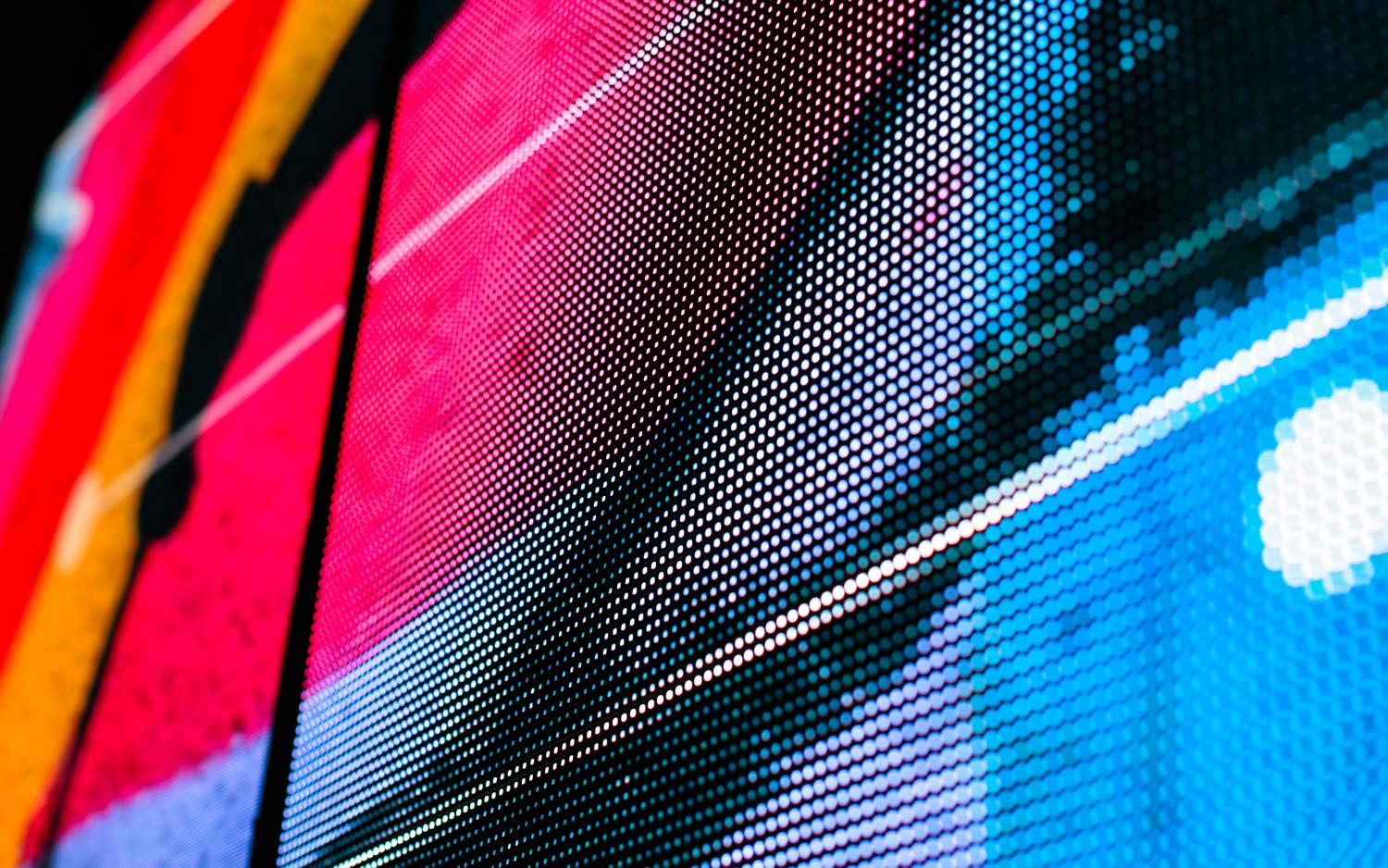
But the content will come eventually. There are already production-level 8K cameras hitting the market from manufacturers like Astrodesign, Hitachi, Panasonic, Red and Sony, meaning that 8K video content will start to trickle out. The 2017 film Guardians of the Galaxy Vol. 2 was the first feature film shot entirely on 8K-capable RED cameras. Similarly, new digital-film scanners will allow 8K remasters of movies shot on film, meaning that even older films may reappear in 8K editions.
Japanese broadcaster NHK has been heavily invested in making 8K broadcast technology a reality, and has been testing 8K capture with footage from the London and Rio Olympic Games and concerts.
NHK has begun broadcasting a dedicated "Super Hi-Vision" 8K channel in Japan. But, without commercially available displays that can handle the content, the broadcaster has had to create specialized installations and events to expose the public to the new technology. They have also partnered with Sony and Panasonic to broadcast the 2020 Tokyo Olympics in 8K, which will likely be the first major mainstream broadcast of the new resolution.
Samsung is taking a different approach to the dearth of 8K content by figuring out how to make everything look better in 8K, pouring major resources into upscaling technology. The new enhancement tools use machine learning to create and improve upscaling, even going so far as to insert texture and detail into low-res video so that it looks its best on Samsung's new TV.
Delivering 8K Content
Getting a display for tomorrow’s 8K content solves only half the problem, however. Delivering that content poses another set of hurdles. Current technology is already pushed pretty hard by 4K content, whether it's streaming services, media players or gaming consoles. Quadrupling the amount of raw data involved will require some big shifts.
Streaming services that offer 4K video feeds already must contend with broadband bottlenecks – and that's not taking into account the quarter of Americans who can't afford or don't have access to it. Streaming in 8K will require jumping to a much higher bandwidth, like Gigabit (1Gbps) speeds available on fiber and cable networks. Gigabit internet is available in many cities, but it's scattershot even in areas with multiple Gig-speed providers.
Consumers have also been backing off on physical media for a while, and sales of 4K Blu-ray discs dropped 14 percent from 2017 to 2018 – and this after streaming outpaced total disc sales in 2016, according to a report from Digital Entertainment Group (DEG) (as reported by Variety).
MORE: How Much Internet Speed Should You Really Pay For?
And gaming consoles only caught up to 4K this year, with the PlayStation 4 Pro and the XBox One X. Stepping up the graphics to render at four times the resolution and detail will be a real challenge.
And then there's cable. To put it bluntly, 8K won’t work with any cable you currently own. In fact, the HDMI Forum's Technical Working Group has developed a new standard, HDMI 2.1, to handle the massive bandwidth demands of 8K video and all the extra data that comes with HDR, higher frame rates and deep color modes like 10-bit and 12-bit color.
The standard was released in 2017, but there's no need to go hunting for an HDMI 2.1-ready TV just yet. The first HDMI 2.1-compliant TVs are hitting the market this year, but good luck finding anything else that works with it. Cables certified for HDMI 2.1 are few and far between, and the only device that can output over the 2.1 standard is the Xbox One X.
A look at the 8K Future
Initial 8K TVs will be very expensive, and with only one or two manufacturers actually offering consumers 8K resolution TVs, the options will be few. However, with 8K TVs on the horizon from major manufacturers like Sony, LG and others, the scarcity of 8K-capable models should open up in the next two to three years.
Industry analysts predict that by 2020, only a fraction of homes will have an 8K-capable TV, but they predict that the Tokyo Olympics will help drive sales into mainstream territory.
There's no avoiding progress, especially when it comes to consumer technology, and 8K movies and shows will arrive in homes one way or another. But it won't happen immediately, and it will likely be years before we're ready to recommend that shoppers go all-in on an 8K TV.
At CES last January, I spoke to Andrew Sivori, vice president of TV marketing at Samsung Electronics America. I asked about the new TV and how the new resolution might inhibit early adoption. His answer was quick and clear, "They said the same thing about HD, and about 4K. And here we are."
Sign up to get the BEST of Tom's Guide direct to your inbox.
Get instant access to breaking news, the hottest reviews, great deals and helpful tips.
Brian Westover is currently Lead Analyst, PCs and Hardware at PCMag. Until recently, however, he was Senior Editor at Tom's Guide, where he led the site's TV coverage for several years, reviewing scores of sets and writing about everything from 8K to HDR to HDMI 2.1. He also put his computing knowledge to good use by reviewing many PCs and Mac devices, and also led our router and home networking coverage. Prior to joining Tom's Guide, he wrote for TopTenReviews and PCMag.

